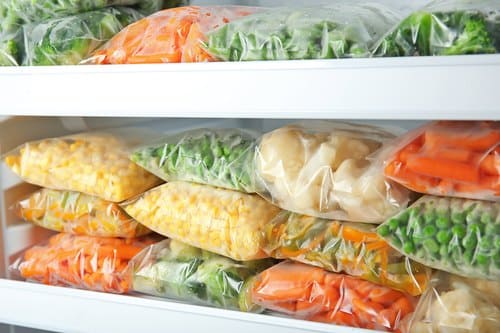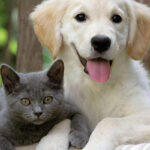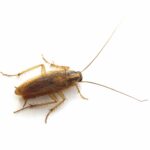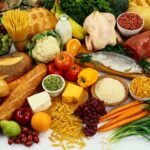In major cities, the fast-paced work environment and the hustle and bustle of daily life often leave individuals with insufficient time to prepare meals. As a result, people tend to gravitate towards practical and easily preparable products. Frozen foods, in particular, stand out as a popular choice. Now, let’s delve into the process of thawing frozen meats and vegetables. How can one effectively defrost these items given the time constraints of a hectic lifestyle?
The demanding schedules in metropolitan areas have led individuals to seek convenient alternatives when it comes to meal preparation. Frozen foods have emerged as a go-to solution for those looking for a quick and easy way to meet their dietary needs amidst their busy routines. However, understanding the proper methods for thawing frozen meats and vegetables is crucial to ensure both safety and optimal taste.
When it comes to defrosting frozen meats, a few key guidelines should be followed. First and foremost, it is recommended to thaw meats in the refrigerator to maintain a safe temperature and prevent the growth of harmful bacteria. For a quicker option, using the defrost function on a microwave can be considered, but it’s essential to monitor the process closely to avoid partial cooking.
On the other hand, defrosting frozen vegetables requires a slightly different approach. The most common method involves placing the vegetables in a colander and rinsing them under cold running water. This helps expedite the thawing process while preserving the vegetables’ texture and nutritional value.
In conclusion, the bustling urban lifestyle often leaves little time for elaborate meal preparation. As a result, frozen foods have become a practical choice for many. However, mastering the art of defrosting frozen meats and vegetables is essential to ensure a balance between convenience and maintaining the quality of the food we consume in our fast-paced lives.
THAWING FROZEN FOODS: BEST PRACTICES
The quality of frozen foods is closely tied not only to the freezing process but also to the thawing process. If the correct procedures are not followed during the thawing of frozen foods, adverse effects can arise from a physical, chemical, and microbiological standpoint. Improper thawing may lead to microbiological growth in the food, resulting in the potential for poisoning.
In the frozen state within a deep freezer, microorganism growth in frozen foods comes to a halt. However, after the thawing process, microbial growth resumes rapidly. Therefore, the thawing process is of utmost importance. It is crucial to thaw frozen foods only once before use. Once a food item has been thawed, it should never be refrozen. Otherwise, microorganisms may proliferate within the food, posing the risk of food poisoning upon subsequent consumption.
RAPID METHODS FOR THAWING FOOD FROM THE FREEZER
The thawing process should not involve leaving food at room temperature, submerging it in water, placing it on a heater or radiator, applying gentle heat, or exposing it to sunlight.
Thawing should take place either by letting the food sit in the refrigerator’s internal shelves or by utilizing the defrost program on a microwave. When thawing food in the refrigerator, it must be placed in a container to prevent drips, which could lead to cross-contamination when liquids from the thawing process come into contact with other food items, potentially causing food poisoning. Thawed foods should be cooked promptly without delay.
The commonly employed method of thawing frozen meat at room temperature is also one of the least health-conscious approaches. Allowing meat to sit at room temperature promotes rapid microbial growth on its surface, increasing the microbial load. If time allows, one of the healthiest methods is to transfer the frozen meat from the freezer to the regular refrigeration compartment. Another method for thawing frozen meats is the hot water bath, where meats placed in a water-resistant container are immersed in hot water for a rapid thawing process. A practical alternative is using a microwave oven to defrost meats quickly.
Frozen bread, unlike meats, does not create a conducive environment for microbial growth during the thawing process, making it acceptable to be left at room temperature during thawing. After a partial thawing, a toaster can be used to expedite the process.
THE HEALTHIEST METHOD FOR THAWING FOOD FROM THE FREEZER
Given that bacteria typically thrive in warm conditions, it is best to thaw food slowly.
Otherwise, there is a risk of a rapid increase in bacteria.
According to the Food Standards Agency, the safest method is to transfer the food to the refrigerator the night before using it, allowing it to thaw gradually.










